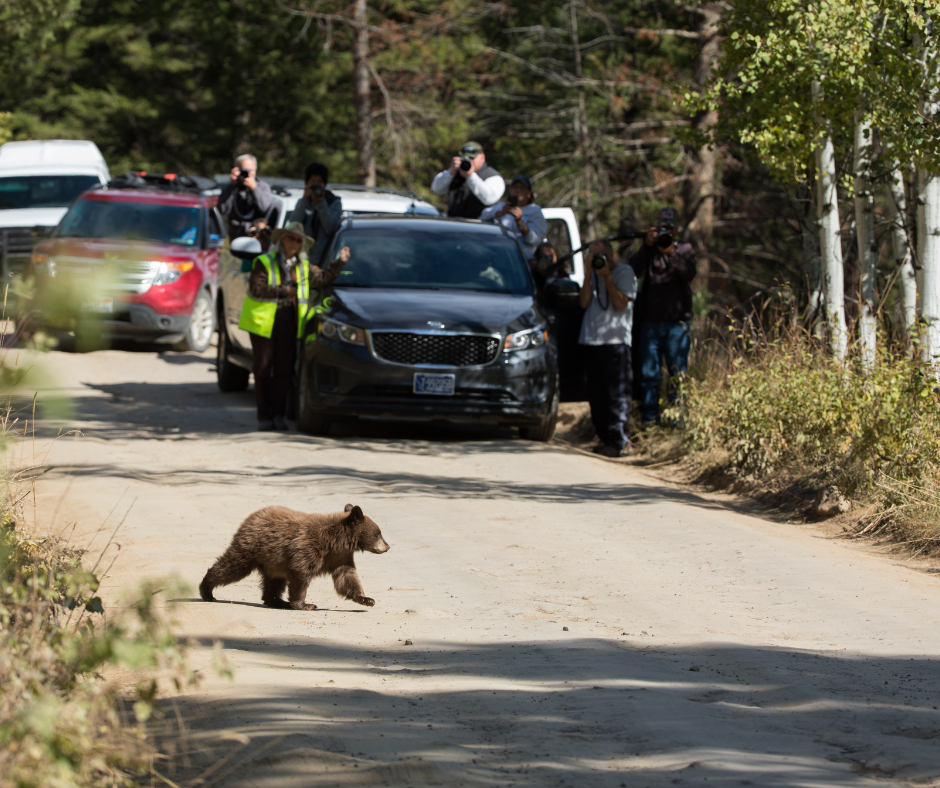It seems every year we read about visitors to wilderness areas encroaching on wildlife in their natural habitats and sometimes paying dearly for their encounters.
Respecting their home
The Sawtooth Mountains and surrounding areas are home to a variety of species of wildlife. From elk to mountain goats to bears, many large and majestic animals roam these mountains freely. As visitors to these areas, it’s natural to want to get a closer look at these creatures, but it’s important to remember to keep our distance for both our safety and their well-being.
Give them some space
Approaching wildlife too closely can be dangerous for both the visitor and the animal. These creatures are wild and unpredictable and can easily become aggressive if they feel threatened or cornered. It’s important to respect these animals’ space and observe them from a safe distance. Do not attempt to feed or touch the animals, and keep a distance of at least 300 feet from bears and wolves and at least 75 feet from other wildlife.
Our presence can be stressful
Another reason to keep a safe distance is to ensure the animal’s continued well-being. Approaching wildlife too closely, especially in winter or when ungulates are pregnant in the spring, can cause stress, which can lead to negative consequences such as disrupted feeding and mating patterns. Additionally, human contact can expose animals to diseases or other dangers that they may not be immune to from human waste or food.
Being mindful of our impact on the environment is a key part of responsible outdoor recreation. While it can be tempting to get up close and personal with wildlife, it’s important to remember that our actions can have far-reaching consequences. By keeping a safe distance and observing from afar, we can help ensure that these creatures will continue to thrive in their natural habitat for years to come.
Learn more
To learn more about the species and habitats within the SNRA visit: https://www.fs.usda.gov/main/sawtooth/learning/nature-science.




